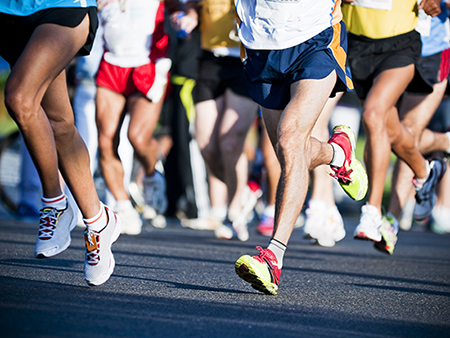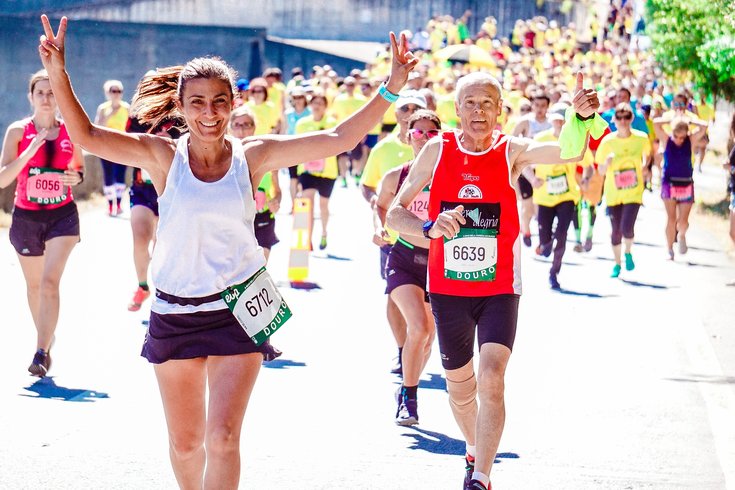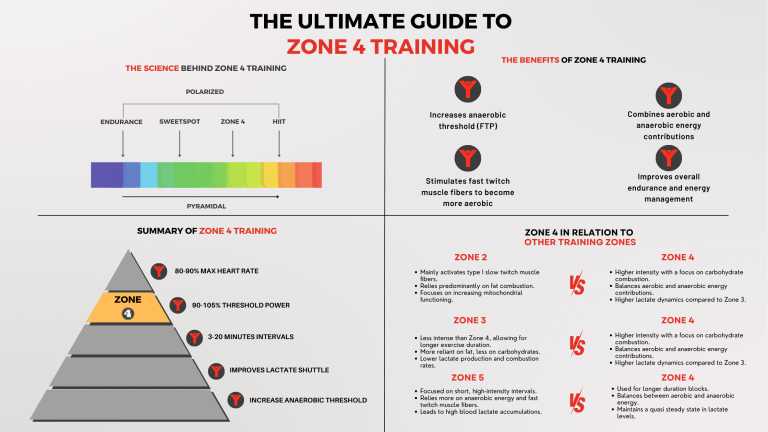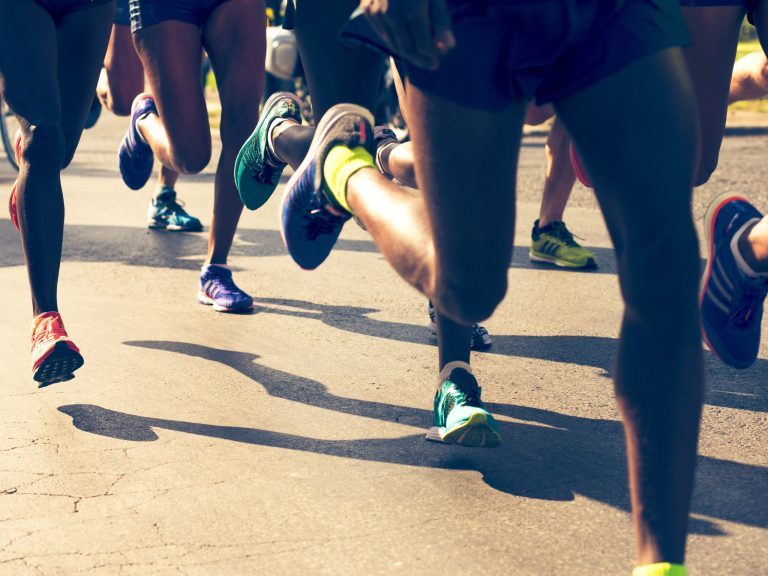Where Do Marathon Runners Train
Marathon runners train in various locations such as parks, trails, tracks, or roads. These places provide different terrain and conditions for effective training.
Training for a marathon is a crucial aspect of a runner’s preparation. The goal is to build endurance and stamina for the long-distance race. Runners often choose different locations for their training, depending on their preferences and goals. Whether it’s running on city streets, through scenic trails, or on a track, finding the right training ground is essential for success.
We will explore the diverse locations where marathon runners train and the benefits of each location. Additionally, we will discuss the importance of mixing up training locations for a well-rounded preparation.

Credit: www.halhigdon.com
Popular Locations For Marathon Training
When it comes to marathon training, choosing the right location can make all the difference. From urban settings to suburban areas and coastal regions, marathon runners have a variety of options to consider. Each location offers its own unique advantages and challenges, allowing runners to tailor their training to their specific needs and goals.
Urban Settings
Marathon runners who prefer to train in bustling cities have plenty of options available to them. Urban settings provide a multitude of routes and terrain, ensuring runners never get bored. Central parks, busy streets, and scenic trails offer a diverse range of running surfaces. Additionally, the presence of other runners and fitness enthusiasts can be motivating and help create a sense of community. Urban settings also provide easy access to amenities such as gyms, running stores, and sports clinics, ensuring runners have all the resources they need for their training.
Suburban Areas
For those who seek a quieter and more peaceful training environment, suburban areas offer the ideal setting to lace up their running shoes. With less traffic and fewer distractions, marathon runners can focus on their workout without interruptions. Suburban areas often feature residential streets, park paths, and nature trails, providing a serene backdrop for training. The lower population density also means cleaner air and less pollution, which can positively impact performance and overall health. Suburban areas also offer the convenience of local amenities while providing a balance between urban accessibility and a tranquil training atmosphere.
Coastal Regions
Coastal regions offer a unique and picturesque backdrop for marathon training. Whether it’s running along the sandy beaches or exploring scenic coastal trails, these areas provide a refreshing change of scenery. The proximity to the ocean also means runners can enjoy cool sea breezes, which can be a welcome respite during intense training sessions. Coastal regions often offer well-maintained paths and trails, allowing runners to immerse themselves in nature while building endurance. Additionally, the calming sound of crashing waves can provide a soothing and meditative experience, enhancing both physical and mental well-being.
In conclusion, marathon runners have a range of popular locations to choose from when it comes to training. Urban settings offer diverse terrain and amenities, suburban areas provide tranquility and cleaner air, while coastal regions offer picturesque views and a refreshing atmosphere. Regardless of the chosen location, the most important factor is finding a place that suits the individual runner’s preferences and training needs.

Credit: marathonhandbook.com
Essential Equipment For Marathon Training
Marathon runners train in a variety of locations, depending on their individual preferences and the accessibility of training resources in their area. Some common places where marathon runners train include local parks, running tracks, roads, and even specialized indoor facilities. Regardless of the location, proper equipment is essential for marathon training.
Footwear
Choosing the right footwear is crucial for marathon training. Quality running shoes, specifically designed for long-distance running, provide the necessary support and cushioning to reduce the risk of injuries. It’s important to select shoes that are comfortable, provide stability, and offer adequate arch support.
Clothing
Appropriate clothing is essential for marathon training to ensure comfort and performance. Moisture-wicking fabrics help to manage sweat and keep the body dry, preventing irritation and chafing. Lightweight, breathable clothing is preferable to ensure optimal airflow and temperature regulation during long runs.
Hydration Gear
Hydration gear, such as handheld water bottles, hydration belts, or hydration vests, is essential for marathon runners. Staying hydrated is critical during long-distance training sessions, and having easy access to water or sports drinks can prevent dehydration and optimize performance.
In addition to the essential equipment mentioned above, items such as high-quality socks, GPS watches for tracking distance and pace, and protective gear like sunglasses and sunscreen are also important for marathon training.
Training Techniques For Marathon Runners
Marathon runners require specific training techniques to enhance their endurance, speed, and strength. A combination of long runs, speed workouts, and strength training forms the core of their training regimen. These training methods enable marathon runners to build the necessary stamina, improve their pace, and develop overall muscular strength to tackle the 26.2-mile distance effectively.
Long Runs
Long runs are a fundamental component of marathon training. These runs primarily focus on building endurance. They help runners gradually increase their distance, preparing their bodies for the demands of a marathon. By incorporating long runs, runners can improve their cardiovascular conditioning and mental fortitude, crucial for enduring the long-distance race.
Speed Workouts
Speed workouts are essential for marathon runners to improve their overall pace. These training sessions involve interval training, tempo runs, and track workouts. By including speed workouts in their training routine, runners can enhance their running economy and develop the capacity to maintain higher speeds over prolonged periods.
Strength Training
Strength training plays a significant role in preventing injuries and enhancing running efficiency for marathon runners. Incorporating exercises like squats, lunges, and core work helps strengthen muscles, thereby improving stability and power. Furthermore, strength training contributes significantly to better running form and endurance, ultimately leading to improved marathon performance.
Nutritional Considerations For Marathon Training
When it comes to marathon training, nutrition plays a crucial role in optimizing performance and ensuring the body has the fuel it needs to go the distance. Proper nutritional considerations can help marathon runners fuel their bodies effectively and recover more quickly from intense training sessions. In this article, we will explore the key nutritional factors that marathon runners should focus on to enhance their performance. From carbohydrate loading to protein intake and hydration strategies, these considerations can make a significant difference in a runner’s performance on race day.
Carbohydrate Loading
Carbohydrates are the primary source of energy for marathon runners as they provide readily available fuel for the muscles. Carbohydrate loading refers to the practice of increasing carbohydrate intake in the days leading up to a race to maximize glycogen stores in the body.
- To effectively carbohydrate load, aim to consume around 3-5 grams of carbohydrates per pound of body weight per day.
- Opt for complex carbohydrates such as whole grains, fruits, and vegetables, as they provide sustained energy and essential micronutrients.
- Avoid simple sugars and refined carbohydrates as they can cause energy spikes and crashes.
Protein Intake
Protein is essential for repairing and rebuilding muscles, especially after long training sessions and races. Adequate protein intake can help marathon runners prevent muscle breakdown and support recovery.
- Aim to consume about 0.5-0.7 grams of protein per pound of body weight daily.
- Include lean sources of protein such as chicken, turkey, fish, beans, and tofu in your diet.
- Spread your protein intake throughout the day to ensure optimal muscle repair and synthesis.
Hydration Strategies
Maintaining proper hydration is crucial for marathon runners as dehydration can significantly impact performance and overall well-being. It is vital to establish effective hydration strategies to support optimal training and race-day performance.
- Drink water consistently throughout the day, aiming for at least 8-10 cups.
- Carry a water bottle during training and make sure to drink fluids before, during, and after your runs.
- Consider using electrolyte drinks or sports beverages during longer runs to replenish electrolytes and maintain hydration.
Mental Preparation For Marathon Training
Marathon runners typically train in a variety of locations, including trails, tracks, and city streets. Mental preparation for marathon training plays a crucial role in achieving success on race day. Visualization, goal setting, and mindfulness techniques are commonly used to enhance performance and endurance.
Setting Goals
Begin your marathon training by setting clear, achievable goals.
Break down your objectives into smaller milestones to track progress.
Visualization Techniques
Engage in visualization exercises to mentally prepare for the marathon.
Visualize yourself crossing the finish line successfully to boost confidence.
Overcoming Challenges
Anticipate and prepare for potential obstacles during training.
Develop a positive mindset to overcome any challenges that arise.
Training for a marathon involves not only physical endurance but also mental preparation. The right mindset can make or break a runner’s success. Mental preparation includes setting goals, honing visualization techniques, and overcoming challenges.

Credit: www.uab.edu
Frequently Asked Questions Of Where Do Marathon Runners Train
How Do Marathon Runners Train?
Marathon runners train through a combination of endurance runs, speed work, cross-training, and rest days. They gradually increase their mileage and intensity, focusing on building strength and preventing injuries. Proper nutrition and hydration are also essential aspects of their training.
How Do Elite Runners Train For Marathon?
Elite runners train for marathons with a focus on high mileage, speed workouts, strength training, and proper recovery. They follow structured training plans, prioritize nutrition and rest, and work with coaches to tailor their program to their individual needs. Their training is balanced and strategic to optimize performance on race day.
When Should I Start Training For A Marathon?
Start training for a marathon at least 16-20 weeks before the race. This allows time for gradual buildup of mileage and endurance, reducing the risk of injury. Setting up a training plan with a mix of running, cross-training, and rest can help prepare your body for the distance.
Conclusion
Marathon runners have a wide range of training options available to them. From road running to trail running, and from tracks to treadmills, there are various terrains and environments to choose from. The key is to find a training location that suits your goals and preferences.
Remember, consistency is key in marathon training, so find a place that motivates you to keep pushing forward. With dedication and perseverance, you can conquer any marathon course. Happy training!





